We believe in experiential learning! These are 10 secrets we learned from making wax dye art pieces ourselves in Danzhai county, Guizhou province, China. Spending 2 days fully emmerced in the experience and with many more days on field research, we are here to share our discoveries! If you have any questions or comments, please email us!
1. An ancient Chinese dyeing technique: its origin can date back to around 2200 years. It is a wax resisting dyeing technique and one of the four most famous ancient Chinese dyeing techniques, including tie dye, block dye, print dye and wax dye. Moreover, batik is also a traditional dyeing technique in Egypt, India and Indonesia.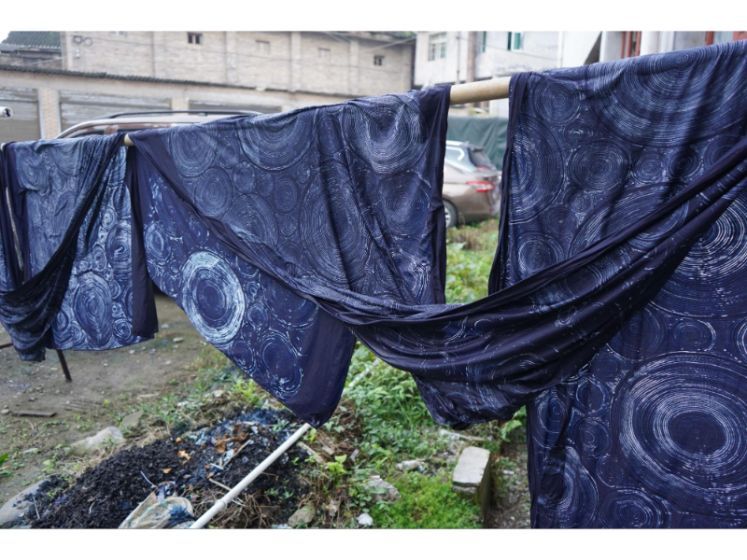
2. Located in the Southwest part of China: wax dye is currently located in Guizhou, Yunnan, and Hunan provinces. The ones located in Guizhou are the most famous in China, and they still kept most of their traditions.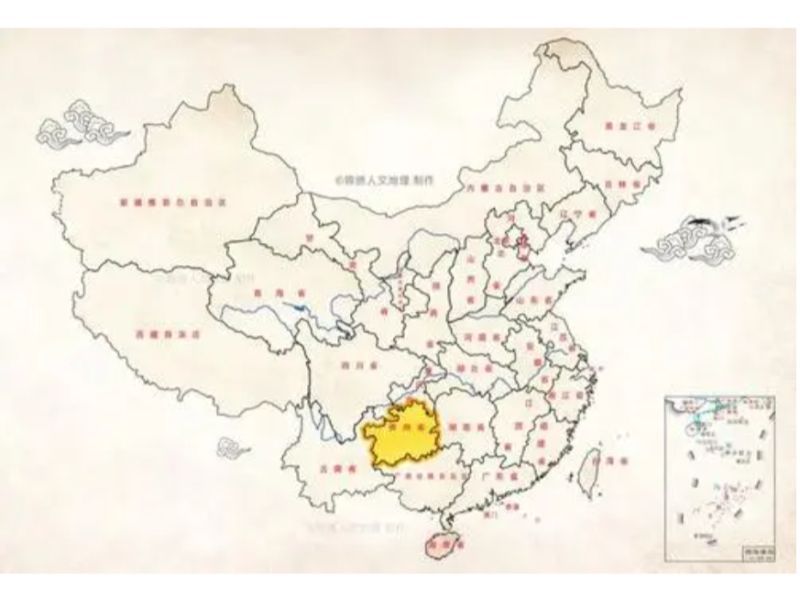
3. Natural indigo dye: Guizhou province is most-known for its natural indigo dye, they use indigo plants to make natural indigo dye. It appears in a purplish blue color (supposedly the best quality), when the fabric is dyed, it will show a natural unevenness of blue. Indigo root, surprisingly, is also used as a traditional Chinese medicine.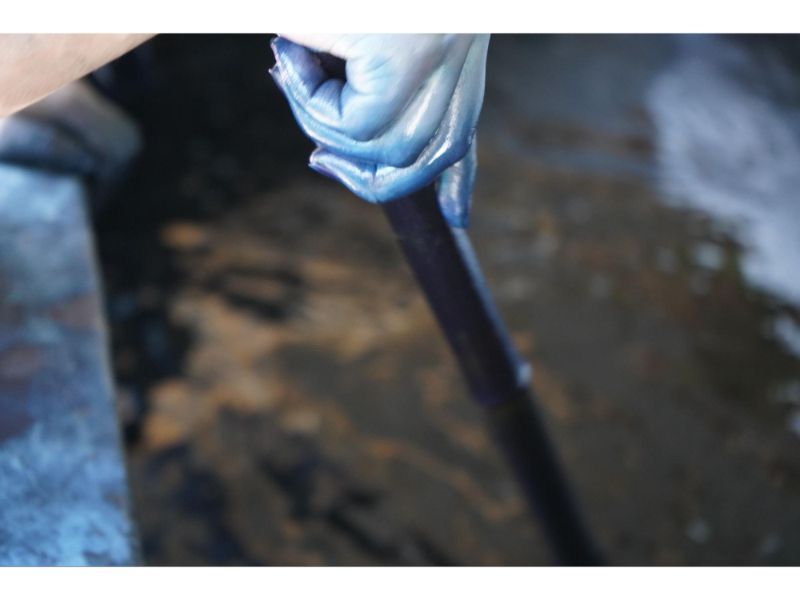
4. A special drawing tool: the drawing tool is not the pen we commonly use, it is a bamboo/wooden stick tied with two pieces of bronze blades that holds the melted wax. Interestingly enough, the batik drawing tool used in Indonesia is called "canting", it does the same job but has a totally different look!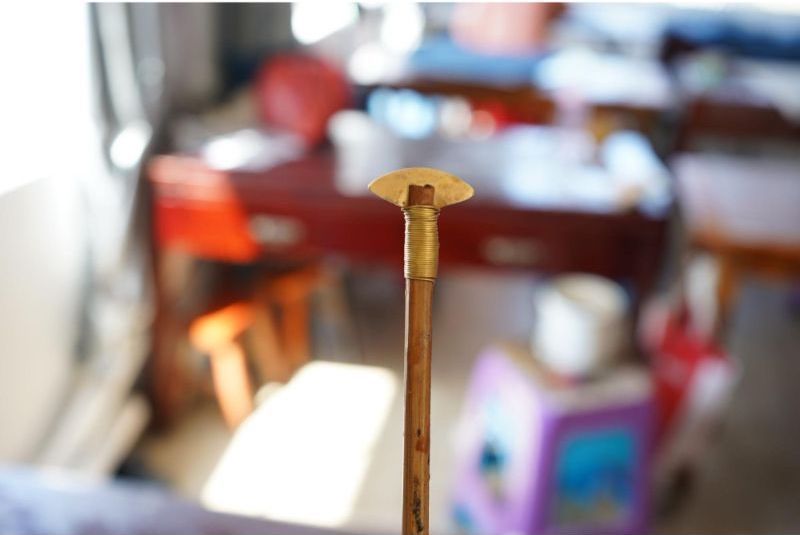

5. Melted natural beeswax: natural beeswax is solid under normal temperature. It has to be heated and melted before drawing on cotton. When drawing, the batik pen holds melted wax between the bronze blades, and you will have to use it as quickly as possible before it cools down and turns into solid.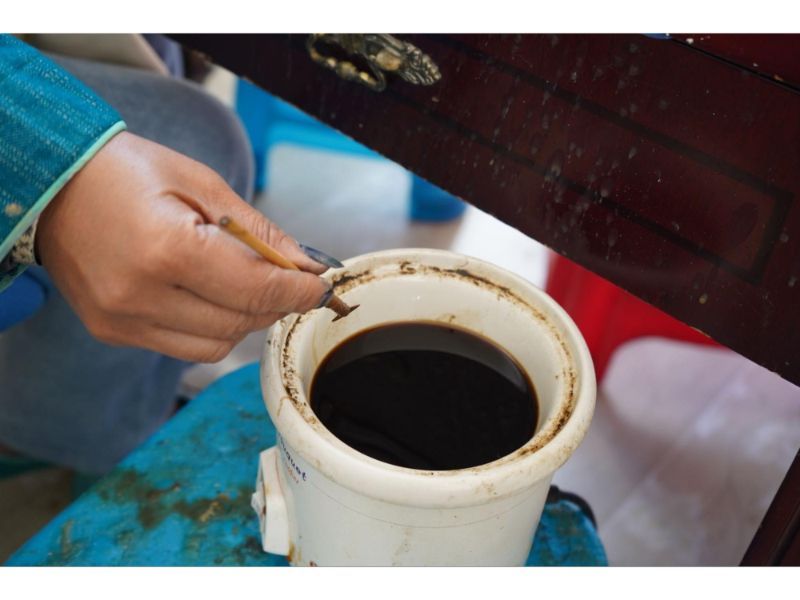
6. A weird way to draw: when holding a real pen, or the Indonesian canting, the pen slightly leans towards you, however, when using a Chinese batik pen, you need to lean it towards the opposite direction, and have a 45 degree angle between the batik pen and the surface. I had a hard time drawing like this and the melted wax is very hard to maneuver which is why it took me 6 hours to finish my painting!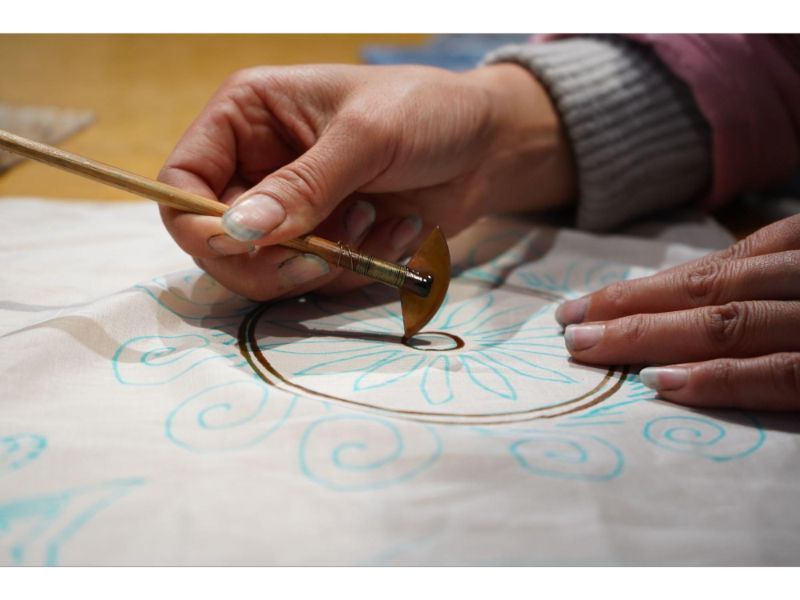
7. The magical color change: before dyeing, you need to immerse the fabric in water to get more color. The dyeing process is quite exciting and magical, because you can witness the color changing slowly from green to blue after you take it out from the dye bath.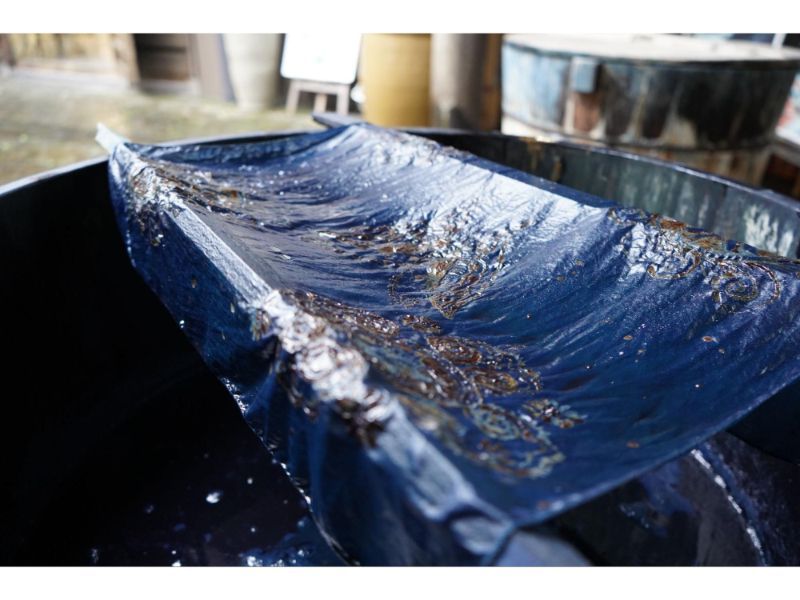
8. Various dyeing frequency and duration: Depending on the fabric and how deep the blue you want, the frequency and duration may vary. Therefore, it is very tricky to get your desired color. The deeper blue you desire, the longer time it will take. After each dye bath, the fabric needs to be aired in order to oxidize for color changes.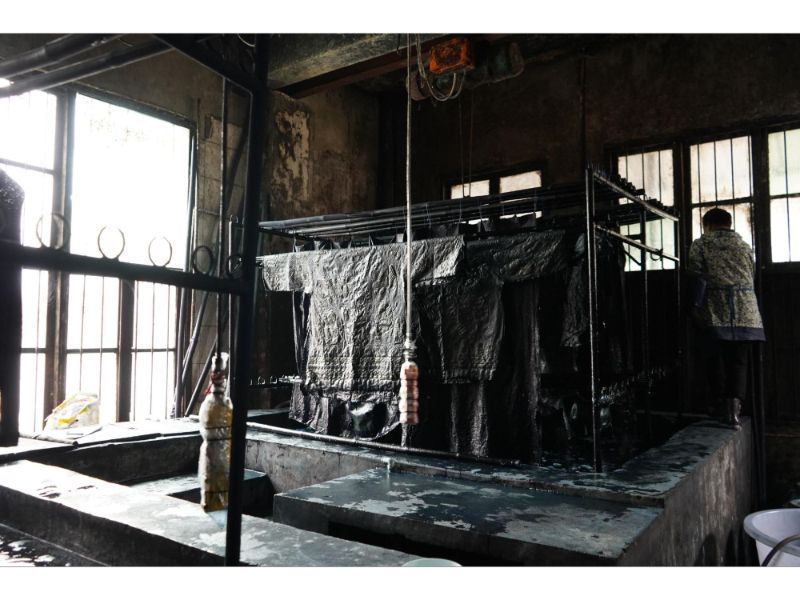
9. The unique "ice crack" pattern: after finishing the dyeing process, boiling water is needed to remove the wax; soon after, the “ice crack” pattern will appear on the white part. This unique effect is due to the cracks in the wax created by outside forces and the wax drying process. When dyeing, the cracked parts will also become partially blue. They look really natural and pretty!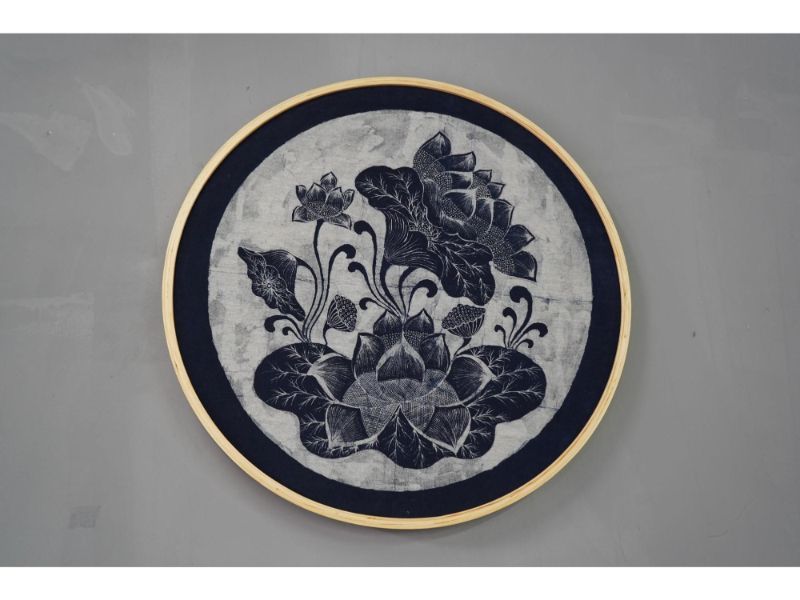
10. Using salt as the mordant: after it is dried, immerse it with salt water to fix the color onto the fabric. Salt acts as a natural mordant for Chinese batik. They may use other mordants as well.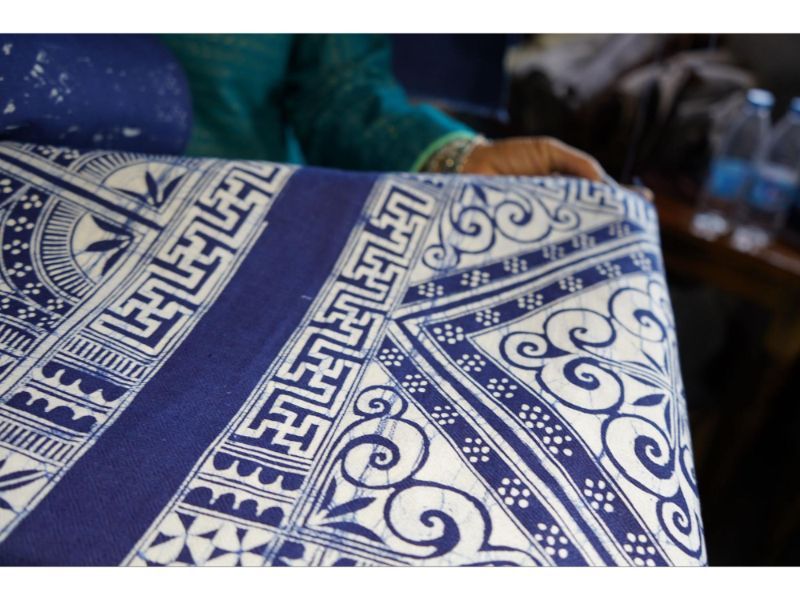
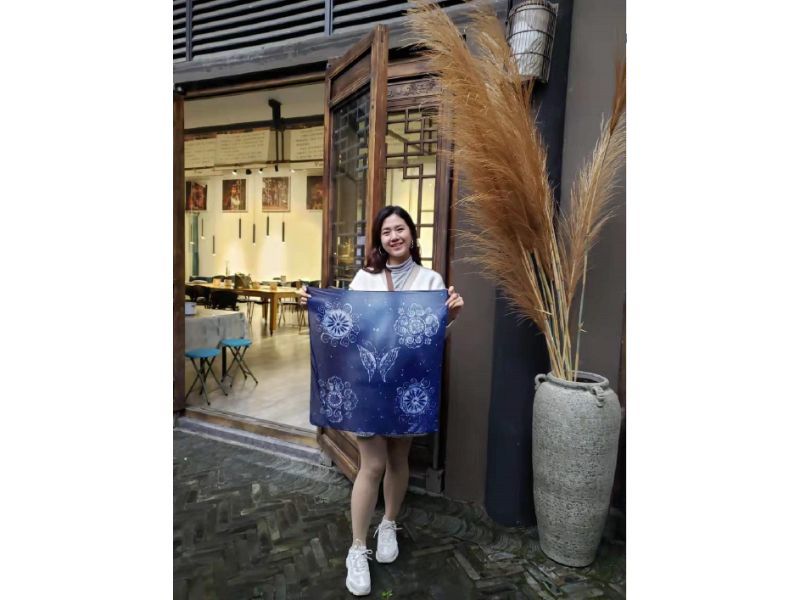

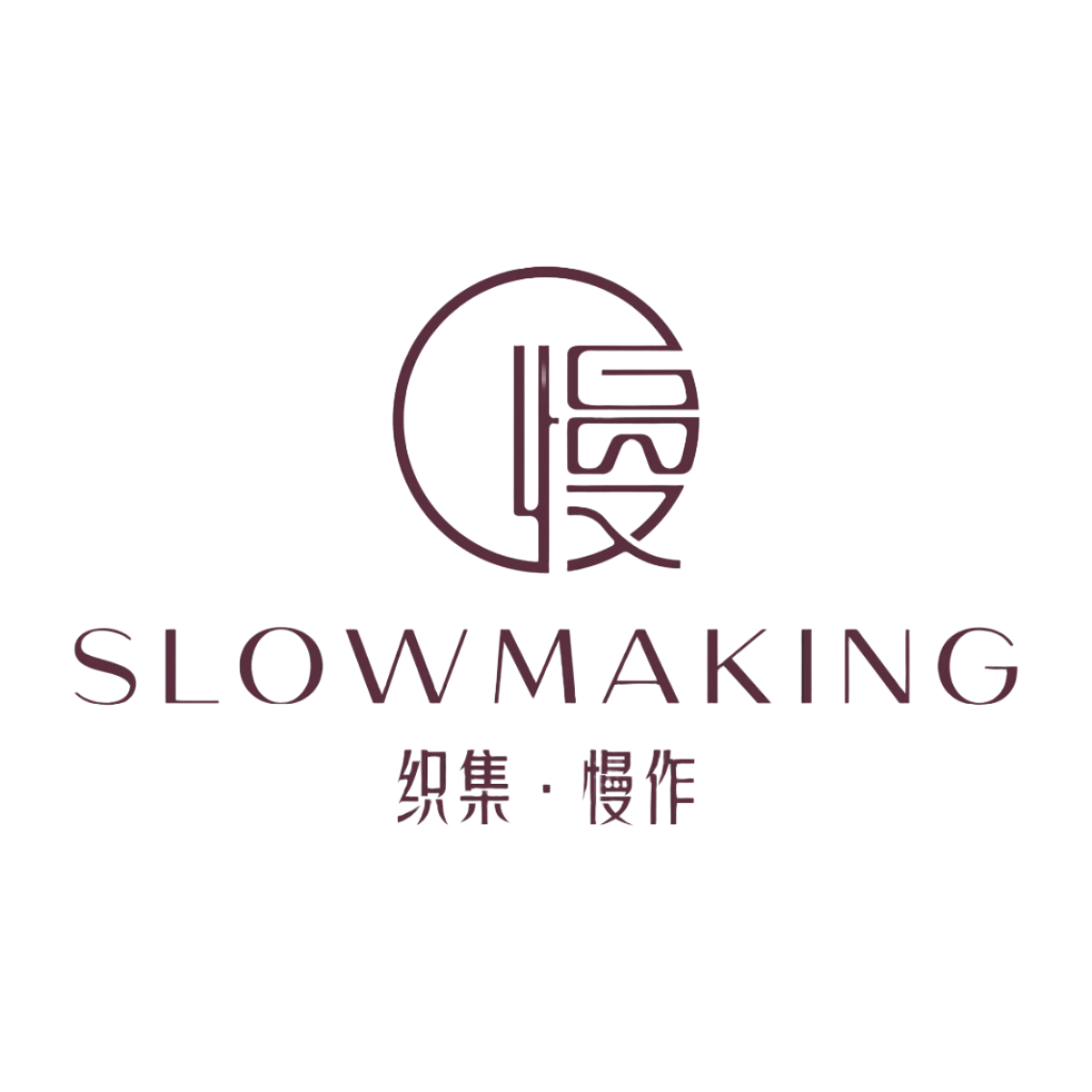
Share:
7 Things you didn't know about Pile Embroidery